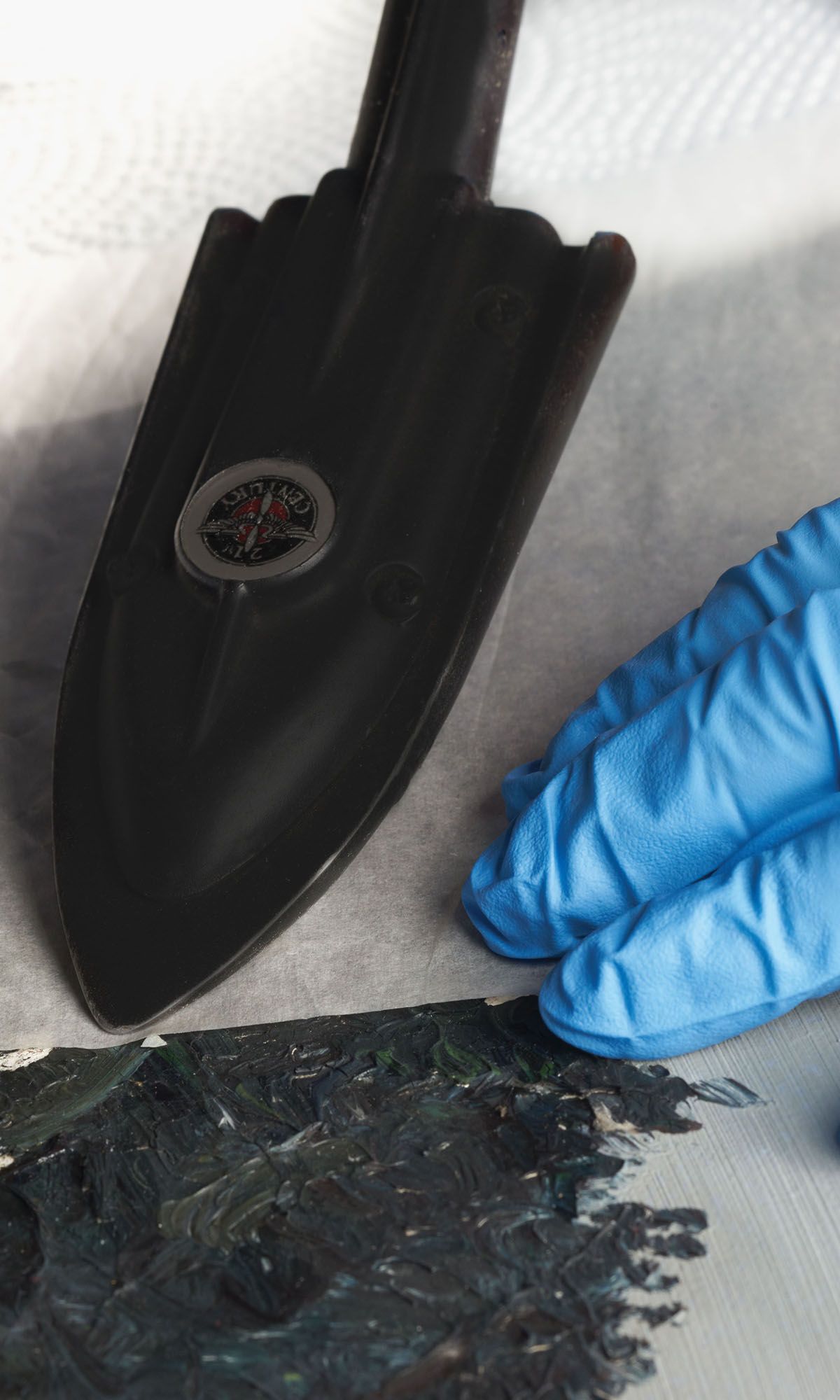The art of restoration is mastered only by a handful of skilled artisans, who have dedicated their lives to honing their knowledge and expertise. Meet the craftsmen who are breathing new life into treasured art, from paintings to films to furniture. In the second of a three part series, Sharon Tang gives us a glimpse into her art restoration and conservation practice
When it comes to appreciating art in galleries and museums, etiquette dictates that visitors look from a respectable distance, and touching is a definite no-no.
Sharon Tang, on the other hand, is given carte blanche to touch and manipulate these artworks. After all, the artist has more than two decades of oil painting restoration experience under her belt. She has worked on countless notable works, including those by some of history’s greatest artists such as Picasso and Zao Wou-Ki. “The process of restoration is like having a conversation with the original artist,” Tang shares. “Not only do you have to physically treat it, but you have to spend time understanding the underlying problems of the painting as well.”
Related: 10 Moschino Spring/Summer 2020 Picasso Masterpieces That Will Add An Artful Twist To Your Wardrobe

Through that process, Tang explains, she gets to know the artist a little better: “their personalities, cultures and emotions” on an intimate level over time. Most of the works she has restored would either end up in museums or become the subject of intense bidding wars among discerning collectors.
The 50-year-old restorer has amassed quite an impressive portfolio having worked with major auction houses and art institutions such as Christie’s, Sotheby’s and the National Gallery Singapore, to name a few. She has a regular clientele of private collectors based in Singapore and Jakarta, who often approach her for her expertise in delicate restoration work, which also includes non-canvas-based paintings.
Tang shares, “You can’t treat the art of restoration as a business. In fact, it is the passion and love for the craft that’s imperative to survive in this line of work.” She operates on a singular belief that each piece requires immense respect and time dedicated to them for proper restorations to be carried out.


